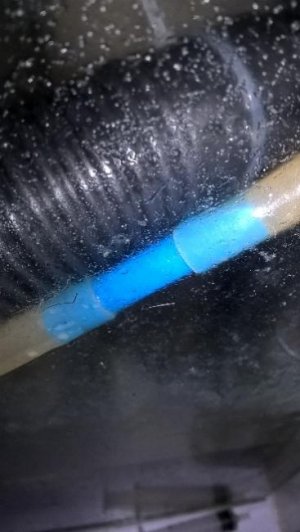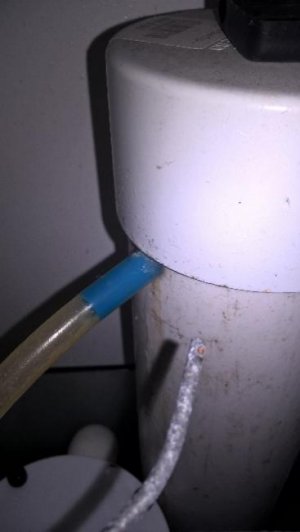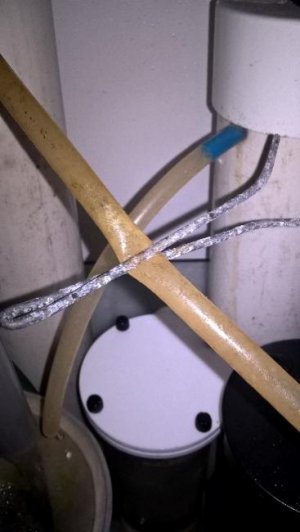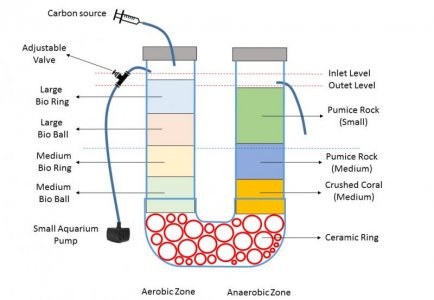djbon
New member
That is interesting. So it would appear that light can slow down the conversion to nitrite for the bacteria used in this study. I am wondering if this photo inhibition applies to all the bacterial strains or just the ones they used.
Dennis
Nitrogen bubbles was clearly visible when it exits via the effluent tube after 5 days in operation. I didn't expect to see any results that fast, as the rings and bio balls are fresh from LFS. The combination of carbon & bacteria dosing in total darkness must have contributed to my success.






